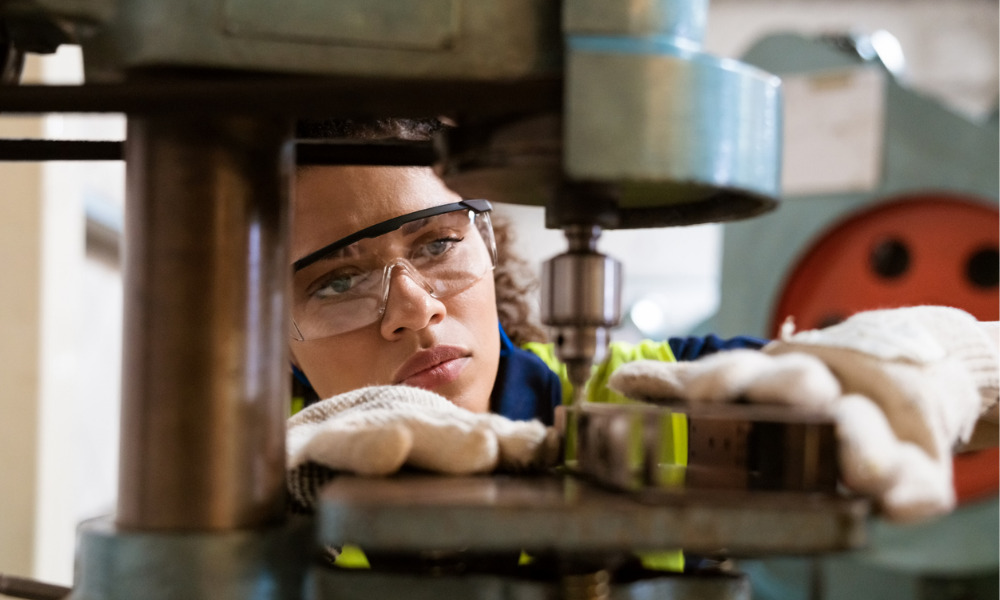It’s well past time to end the stigma around ‘the backbone of our country’

Yesterday evening, I gathered around my phone with my son, listening for over an hour-and-a-half to experts talking about post-secondary education.
Organized by the Toronto District School Board (TDSB), the Zoom call saw an amazing 3,000 people listening in. Obviously with the pandemic, the usual in-school sessions about how to apply for a trade school, college or university have been put on hold, so the virtual approach is popular with a lot of concerned parents and students.
And it worked really well. Presenters easily could share their screens and the organizers kept to a tight schedule, while trying to answer the hundreds of questions sent in by listeners during the session.
I was also really impressed that one of the first presenters was from the Ontario Youth Apprenticeship Program (OYAP), a school-to-work transition program offered through Ontario secondary schools.
It's estimated almost one-quarter of our population, or four million people, work in skilled-trades occupations, according to Statistics Canada.
But for years, way too much focus has been put on post-secondary education at colleges and universities, while trade schools are sorely neglected. This despite the fact that there are major labour shortages in this area, in jobs ranging from stone masons, electricians and motorcycle technicians to bakers and hairstylists.
We’ve been talking about this issue for years, and I can only hope it’s getting better. I know with my son, we’ve made a point to encourage him to follow any path, as long as there’s an OK job at the end.
But it still seems like much of the discussion around life after high school focuses on college and university, and the stigma persists around the trades.
Celebrity contractor Mike Holmes knows this only too well:
“There is a huge shortage in skilled trades because the next generation is being pushed exclusively into careers that require a university education. They think it will make them more money, or simply they think that working with their hands makes them a second-class citizen,” he writes in an online post. “The skilled trades are the backbone of our country. It is not that they are more important than other jobs, but they need to stop being looked at as if they are less important.”
Holmes goes on to encourage the hashtag #EndSkilledTradesStigma, tweeting: “The idea that the trades are a fallback career or a bad living is something that makes me sad. If you’re a good tradesperson, you’ll have a job for life.”
Of course, various governments are also pushing this agenda, boosting funding for apprenticeship training while striving to end misperceptions: “Skilled trades workers kept food on our tables, lights in our homes and business working during the onset of the pandemic. These are really important careers,” tweets Skills Canada.
I confess to one caveat: In my job covering HR, I’ve seen the alarming workplace injury stats for many trade occupations, particularly for young people. And I have a couple of friends in the trades who now suffer from injuries that won’t ever go away, thanks to years of hard physical labour.
But I also know there are thousands of amazing jobs available in this sector, and greater awareness and support for the skilled trades is definitely needed so employers can find the skilled talent they need.




